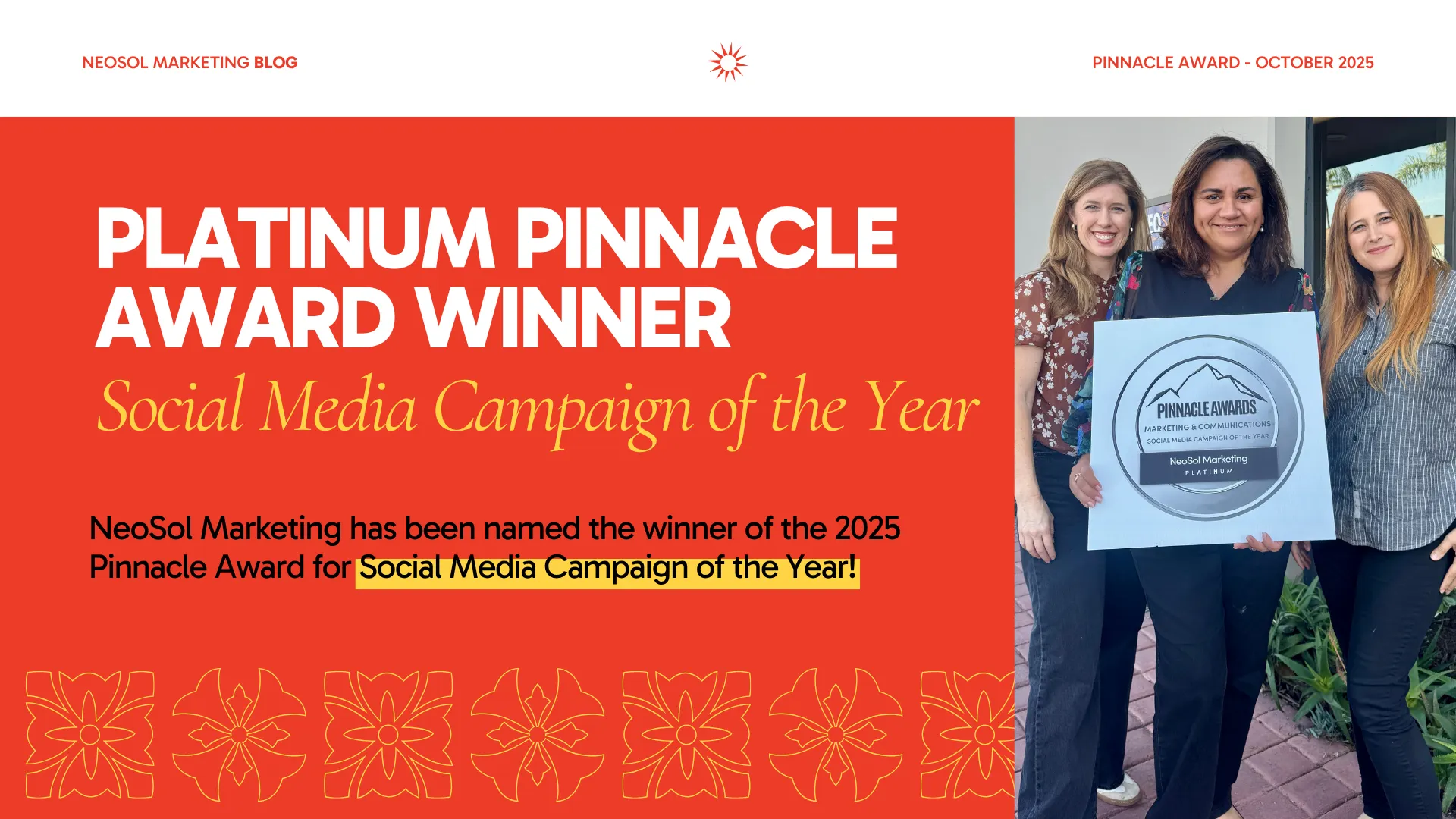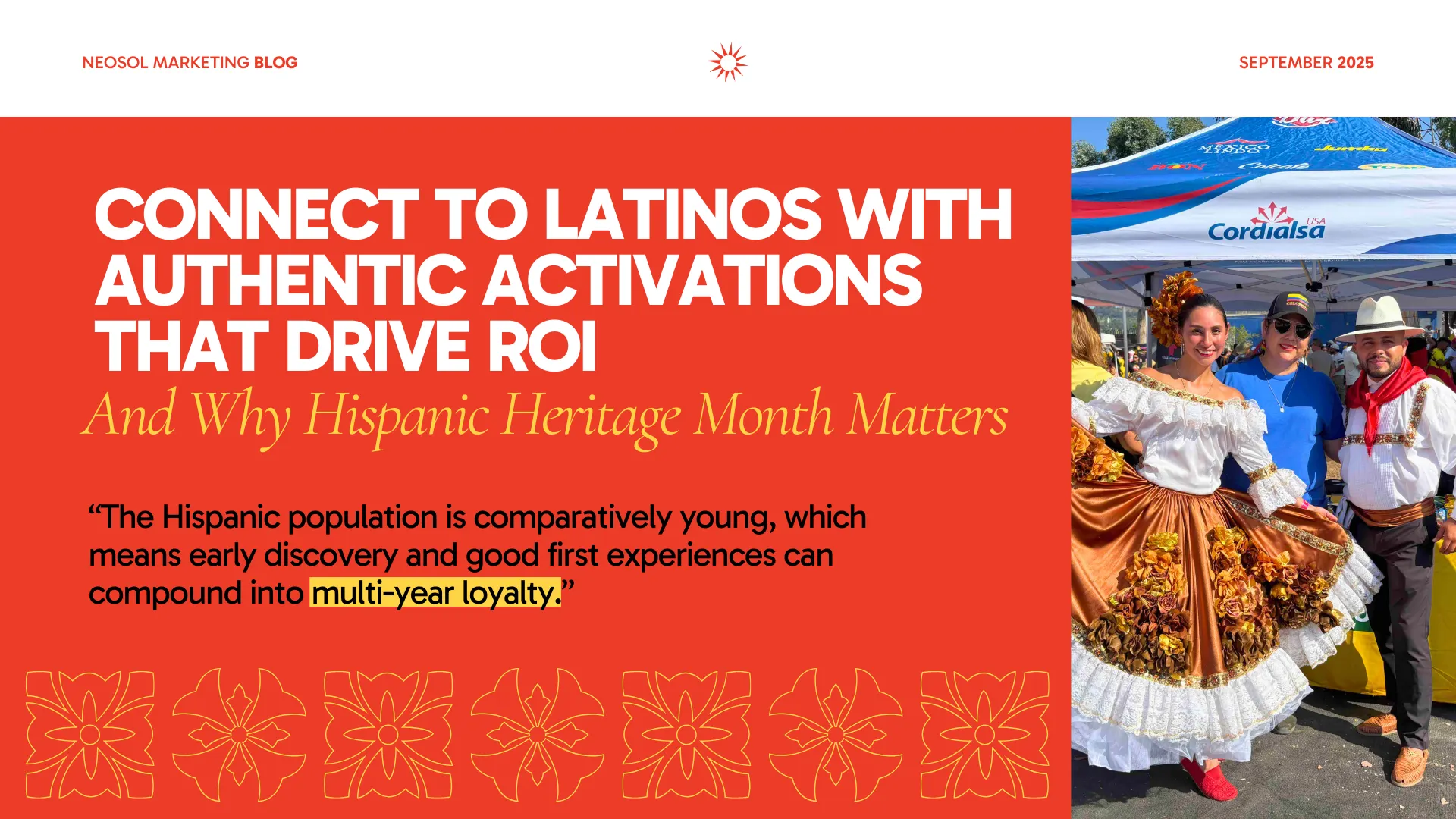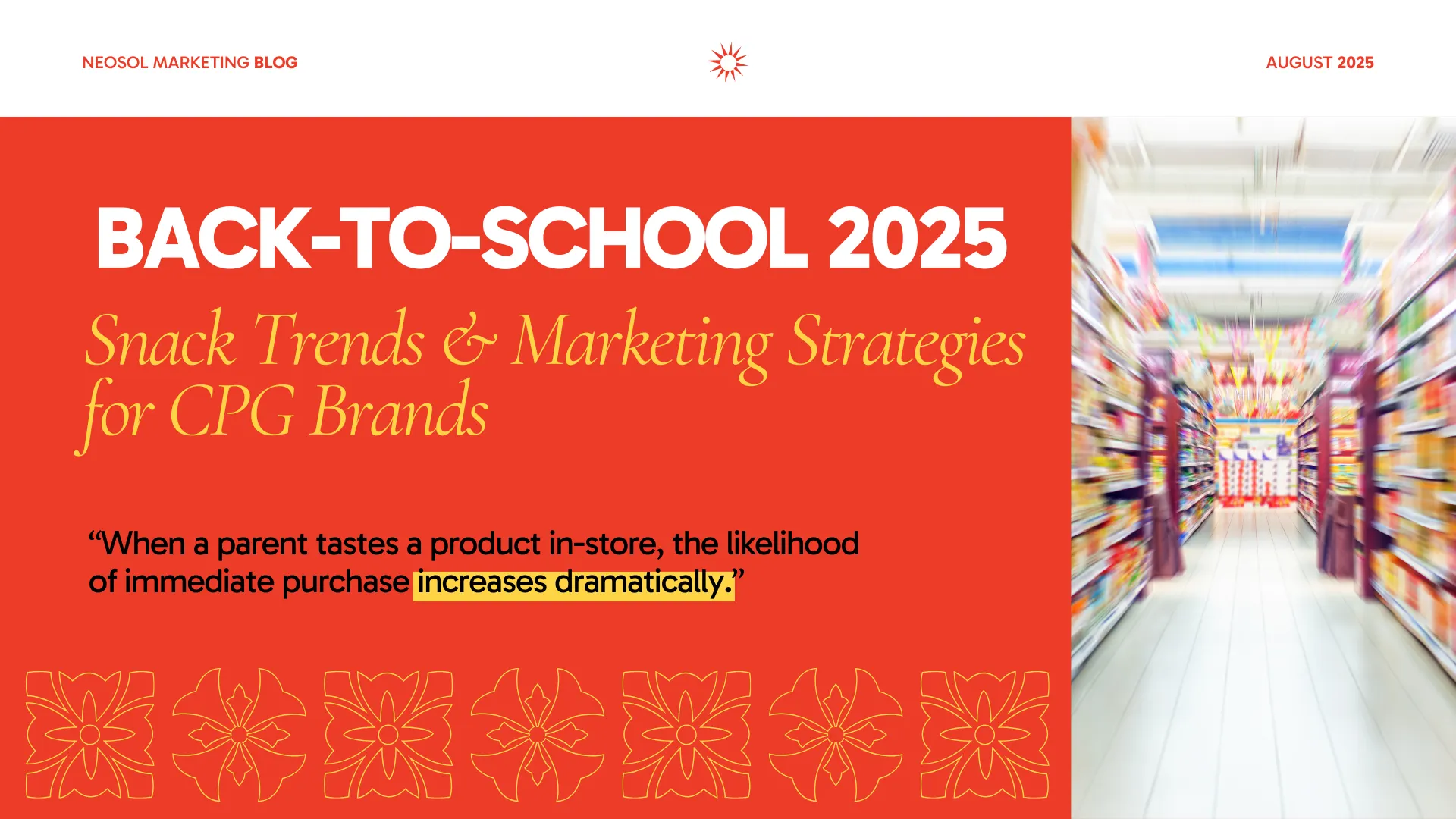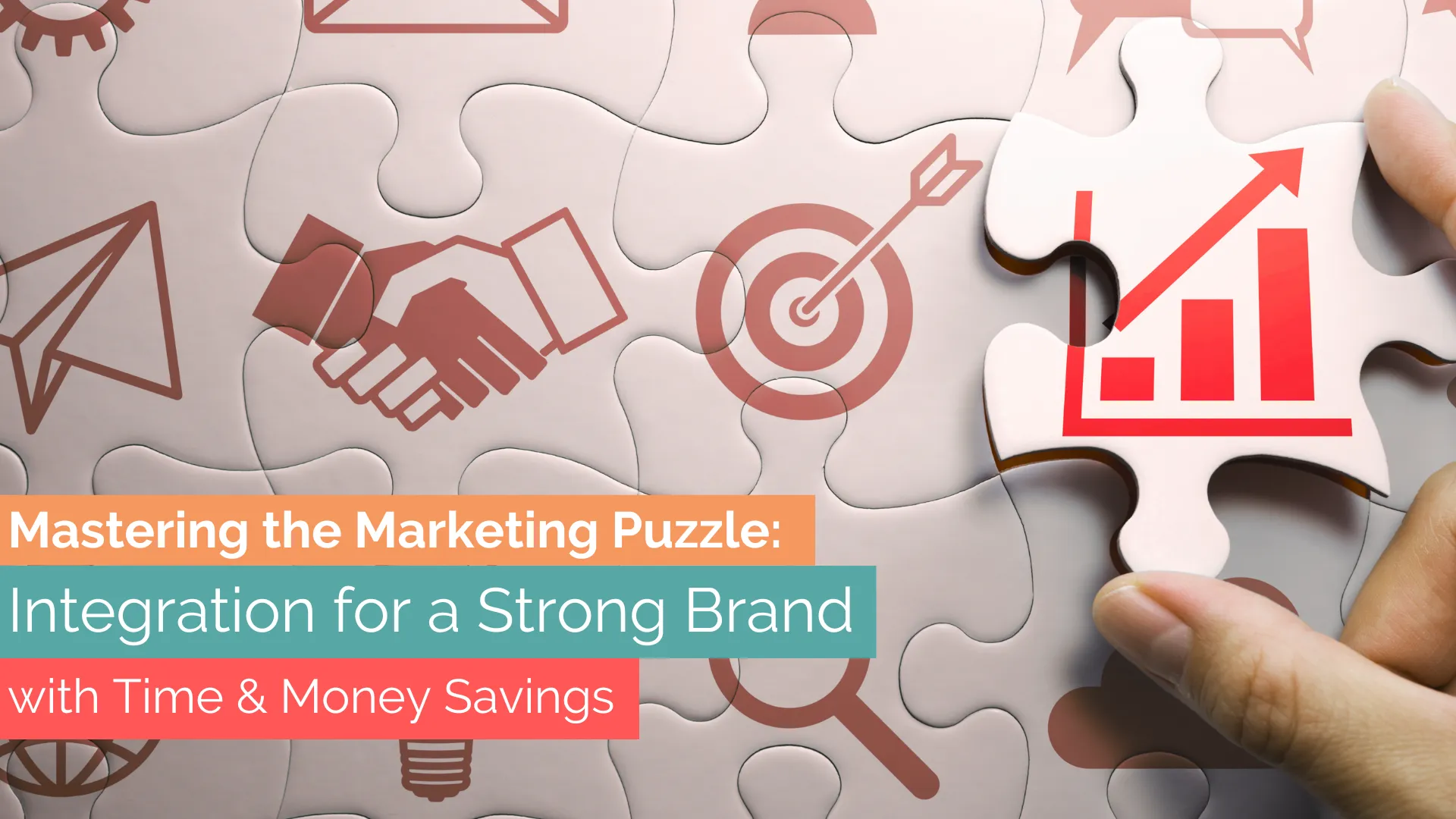How Work-Life Balance Leads to a Superior Client Experience
For centuries and across many cultures, balance has been one of the highest virtues to achieve. Yet, today’s “hustle” culture which demands that professionals stay up late and wake up early in order to grind all day makes it difficult to attain as more emphasis is put on one’s professional success over one’s personal health. This is why it comes as no surprise that 83% of Millennials and Gen Zers feel they do not have work-life balance (source). However, learning to maintain a balance between one’s professional and personal life reaps amazing benefits for not only the employee but for everyone involved.
Before we dive into all of the benefits that work-life balance can have on you as a client and an employee, it’s important to first understand what work-life balance is. Work-life balance is defined as: “the amount of time you spend doing your job compared with the amount of time you spend with your family and doing things you enjoy” (source). In other words, it is the opportunity to acknowledge the different roles you play in every aspect of your life, unapologetically and instead of prioritizing one over the other, you are able to sustain an equilibrium between roles. How does acknowledging these different roles play into everyday life in the office?
Both the employee and the employer must prioritize positive behaviors and habits in the workplace. When this happens, the benefits can be substantial. For one, stress has been shown to be a major contributing factor to the six leading causes of death in the United States (source) but stress levels are significantly reduced among employees with a work-life balance mentality and in turn, improves health and reduces sick days. Balance also improves mental health and gives staff members the time they need to focus on improving their physical health. Employees return to the work day with an improved mood which in turn boosts team morale and causes higher employee retention levels.
Yet, one of the most important benefits of maintaining a work-life balance as a company is that it increases productivity due to the fact that employees become more engaged and more motivated. So much so, that “companies that promote work-life balance record two times more productivity than those that do not.” (source). As an employer or employee, it’s obvious how that might be a benefit. However, as a client that is a huge plus too! This means that your project gets done, not only with more speed but it gets done with more efficiency and attention to detail than companies with overworked, overtired, and burnt-out staff members. This helps companies lower production costs, leading to a superior experience and better pricing for you as a client.
For employers, it’s all about providing a work environment and a message that communicates to employees that work-life balance is valued. For employees, it’s about prioritizing and making small (but impactful) daily decisions that take into consideration the effect that their behaviors, actions, and habits will have on their future. For example, deciding to stay late one day to finish a work assignment will likely not have a huge impact on that employee’s work-life balance but turning that behavior into a daily habit will result in the employee becoming more stressed and less productive.
Considering that after COVID, many of us continue to work remotely, it can be challenging to separate work and life in order to maintain a better equilibrium. Reaching a work-life balance is not only a priority for our staff at NeoSol but it is so ingrained in our culture that balance is one of our core values. This is why at NeoSol, we remember to provide our employees with the tools (and reminders) they may need in order to achieve that balance, not only for our employees’ benefit, but for the benefit that our clients receive including increased productivity, cost savings, timeliness of project completion, and overall partnership and positive attitude that our clients experience from our team.
































